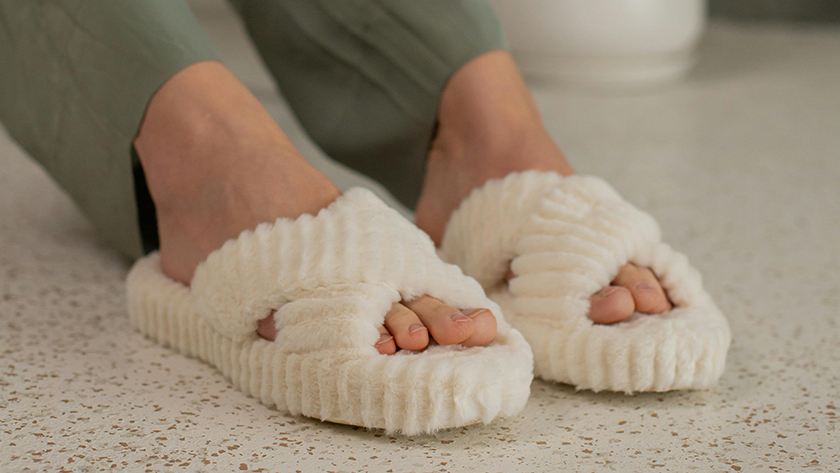
What Does a Fungal Nail Look Like and How to Recognize It?
Fungal nail infections, or onychomycosis, are a common condition that can affect both toenails and fingernails, leading to a range of changes in nail appearance, texture, and even smell. Recognizing the symptoms of a fungal nail infection early can make a big difference in effectively treating and managing the condition before it worsens. Here’s how to identify fungal nail symptoms and what they look like.
Common Signs of a Fungal Nail Infection
-
Nail Discoloration
- One of the first signs of a fungal infection is a change in nail color. The nail may turn yellow, white, brown, or even black. In the early stages, you might see small spots or streaks, which can spread as the infection progresses.
- Discoloration is usually noticeable and can make nails appear dirty or stained even if they’re clean.
-
Thickened Nails
- Fungal infections often lead to nail thickening. The affected nail can become much thicker than usual, making it hard to trim and more susceptible to breaking.
- Thickening is particularly common in toenails, which are frequently exposed to moisture, creating an ideal environment for fungus to thrive.
-
Distorted Nail Shape
- Nails affected by fungus may grow in an uneven, warped, or wavy shape. You may notice bulging or irregular growth, causing the nail to lose its smooth, natural look.
- This distortion can also be uncomfortable if it causes the nail to press into the skin.
-
Brittle or Crumbly Texture
- Infected nails often become brittle or crumbly, meaning pieces of the nail can easily break off. You may see peeling, splitting, or rough edges on the nail.
- This crumbling texture is a clear indication that the nail’s structure has been weakened by the infection.
-
Nail Separation from the Nail Bed
- In more advanced cases, the nail may separate from the nail bed, causing a gap to form underneath the nail. This separation often produces a foul odor and can allow bacteria to build up in the space, worsening the infection.
- In more advanced cases, the nail may separate from the nail bed, causing a gap to form underneath the nail. This separation often produces a foul odor and can allow bacteria to build up in the space, worsening the infection.
-
Pain or Sensitivity
- Although not always present in early-stage infections, pain can develop as the infection progresses, particularly if the nail becomes thickened or starts pressing into the skin.
Causes and Risk Factors for Fungal Nail Infections
Knowing the causes and risk factors for fungal nail infections can help you prevent them. Fungal infections are caused by fungi that thrive in moist and warm environments. Common risk factors include:
- Walking barefoot in damp places like public showers, pools, or locker rooms
- Tight or non-breathable shoes, which trap moisture
- Poor nail hygiene or trauma to the nails
- Medical conditions like diabetes, which weaken the immune system and increase susceptibility to fungal infections
When to See a Doctor
While early-stage fungal infections may seem manageable, they can worsen if left untreated. If you notice symptoms such as persistent discoloration, thickening, or crumbling nails, consider consulting a healthcare provider. A professional can diagnose the infection accurately, often by examining the nail or taking a small sample to identify the specific fungus.
Treatment Options for Fungal Nail Infections
Once a fungal infection is diagnosed, our Nail Mycosis Solution will show results within 2-4 weeks. With only natural ingredients is heals your infection without harming the skin. In some rare cases, especially for advanced infections, a doctor may recommend laser treatments or removal of the affected nail. Early diagnosis and treatment can prevent the infection from spreading and help restore the nail’s health.
Tips for Preventing Fungal Nail Infections
- Keep your nails clean and dry.
- Trim nails properly to avoid trauma and prevent bacteria from entering.
- Wear breathable shoes and moisture-wicking socks to reduce humidity around the feet.
- Avoid walking barefoot in damp, public places.
- Disinfect nail tools regularly, especially if you share them with others.










